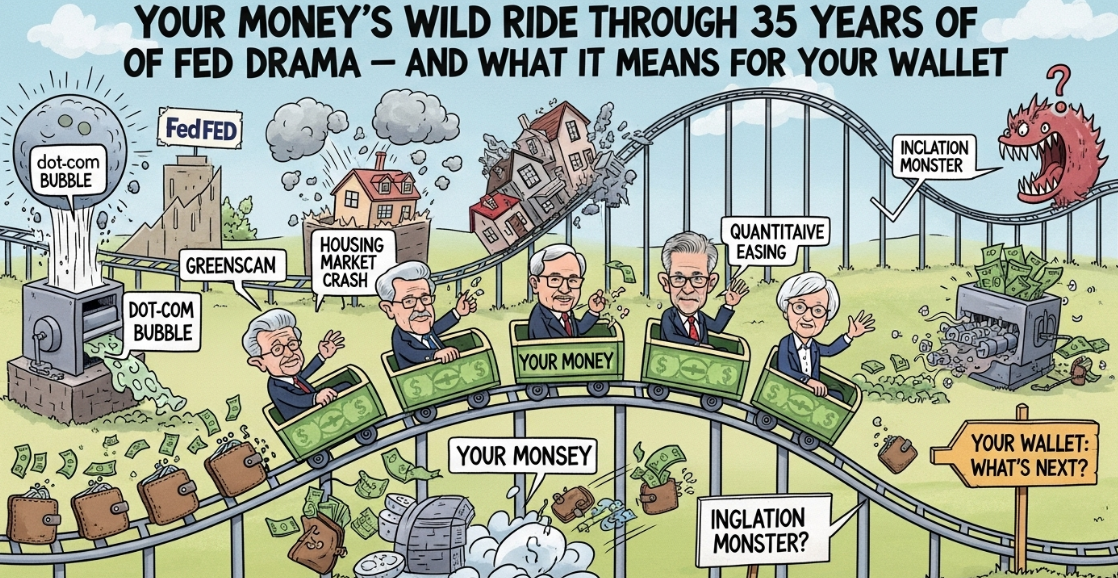
Buckle up. I’m about to take you on a tour through financial history that will change how you see every Fed decision.
Picture this: You’re sitting in your living room in 1990, wondering if you should invest that bonus check or hide it under your mattress. Fast-forward 35 years, and you’ve witnessed the Federal Reserve battle everything from dot-com disasters to housing crashes, from terrorist attacks to global pandemics. Each time, your wealth hung in the balance—and most people had no idea what was coming next.
Here’s the story of how the Fed’s interest rate roller coaster has shaped American fortunes since 1990, and more importantly, what it means for your financial future.
The Fed’s Playbook: Your Crash Course in Central Banking
Before we dive into the drama, let’s get one thing straight: the Federal Reserve has exactly two jobs that matter to your money. Keep prices stable (around 2% inflation) and maximize employment without letting the economy overheat. Think of them as economic firefighters with a very specific toolkit—and their main weapon is the federal funds rate.
When prices rise too slowly? They cut rates to kickstart spending. When inflation runs hot? They hike rates to cool things down. Simple in theory, terrifying in practice—especially when your portfolio is on the line.
Here’s your competitive advantage: Understanding this pattern means you can position your money before the crowd figures out what’s happening.
The 2020s: When Everything Changed Overnight
The Inflation Battle (2022-2025): Your Portfolio’s Stress Test
Remember March 2022? You probably thought inflation was “transitory”—just like Fed Chair Jerome Powell did. Spoiler alert: it wasn’t. When the Fed finally admitted inflation wasn’t going away quietly, they unleashed one of the most aggressive rate hiking campaigns in modern history.
Between March 2022 and July 2023, they jacked rates up by more than five percentage points. That’s like going from a gentle breeze to a financial hurricane in 16 months. Your growth stocks got obliterated, your bonds tanked, and suddenly that boring savings account didn’t look so bad.
The Value Play: If you recognized the shift from easy money to inflation-fighting mode, you could have rotated from growth to value stocks, from long-term bonds to short-term treasuries, and from cash-burning companies to profitable dividend payers. The smart money made this move—did you?
The COVID Panic (March 2020): When Fear Created Fortunes
March 2020 was when the Fed threw its entire playbook out the window. Two emergency rate cuts totaling 150 basis points in two weeks—from 1.75% straight to zero faster than you could say “lockdown.”
The unemployment rate exploded from 3.5% to 14.7% in two months. Twenty million Americans lost their jobs in April alone. If you panicked and sold everything, you missed one of the greatest wealth creation opportunities in modern history.
The Lesson: Emergency cuts often signal the beginning of major market recoveries, not the end. Those who bought when everyone else was selling made fortunes over the next two years.
The 2010s: The Decade of Extremes
The “Mid-Cycle Adjustment” (2019): When the Fed Blinked
In 2019, the U.S. and China were locked in a trade war that had markets spooked. The Fed, worried about economic fallout, delivered three modest 25 basis point cuts they called a “mid-cycle adjustment.” Translation: we’re not in crisis mode, but we’re nervous.
Your Portfolio Opportunity: These preventive cuts typically signal continued economic expansion with lower borrowing costs. If you increased your allocation to REITs, dividend stocks, and interest-sensitive sectors during this period, you likely outperformed the broader market.
The Great Normalization (2015-2018): Patience Pays
After keeping rates at zero for seven years following the financial crisis, the Fed finally started raising rates in December 2015. But they moved slower than molasses—taking a full year between the first and second hike.
The Wealth-Building Strategy: This gradual normalization rewarded patient investors who understood the Fed’s cautious approach. Quality companies with strong balance sheets thrived in this environment, while speculative investments gradually lost their artificial support.
The 2000s: When Bubbles Burst and Fortunes Vanished
The Great Recession (2007-2008): Your Wealth’s Nightmare Scenario
This is the story every investor dreads. The Fed started cutting rates in September 2007 as the housing bubble burst, eventually slashing them from 5.25% to effectively zero. But here’s the kicker—it didn’t work.
Despite aggressive cuts totaling 525 basis points, the S&P 500 lost over 50% from peak to trough. Unemployment soared from 5% to 10%. Millions lost their homes, their jobs, and their retirement savings.
The Brutal Truth: When recession-type rate cuts begin, your defensive positioning better be rock-solid. Cash, treasuries, and recession-resistant sectors became the only safe harbors in this storm.
The Housing Bubble (2005-2006): When the Fed Tried to Pop a Bubble
The Fed saw the housing bubble coming and tried to deflate it gradually with 17 rate hikes over two years, raising rates from 1% to 5.25%. Economist Robert Shiller was already warning about record-high price-to-rent ratios in 2005.
The Missed Signal: Smart investors who recognized unsustainable asset valuations and reduced their real estate exposure before the peak saved themselves from massive losses. The Fed’s persistent hiking campaign was essentially a flashing warning sign.
The Dot-Com Crash (2001): When Easy Money Creates Monsters
After the Nasdaq lost 78% from peak to trough, the Fed cut rates 11 times in 2001, reducing them from 6.5% to 1.75%. The 9/11 attacks only accelerated their urgency.
The Recovery Play: Those who understood that aggressive rate cuts during technology busts often create the foundation for the next expansion positioned themselves in undervalued, profitable companies while everyone else was still shell-shocked.
The 1990s: The Golden Age of Wealth Creation
The Dot-Com Boom (1999-2000): When the Fed Tried to Tame Euphoria
The Nasdaq rose 400% between 1995 and 2000. The Fed, watching this bubble inflate, raised rates six times to cool speculation. When they delivered a 50 basis point hike in May 2000, markets initially rallied—investors were just relieved it wasn’t more aggressive.
The Timing Lesson: Recognizing when the Fed shifts from supporting growth to fighting speculation can save your portfolio from catastrophic losses. The rate hiking cycle was your signal to reduce risk, not increase it.
The Soft Landing Master Class (1994-1995): How It’s Really Done
This is the Fed’s greatest success story. They nearly doubled rates from 3% to 6% in just one year, managing to cool an overheating economy without triggering recession. GDP growth moderated from 4% to sustainable levels while inflation stayed contained.
The Strategy That Worked: Investors who recognized this as economic fine-tuning rather than crisis management maintained their equity allocations and were rewarded with continued expansion throughout the rest of the 1990s.
Your Action Plan: Turning History Into Profit
Every Fed cycle tells you a story about where money is flowing and why. Here’s how to read the signals:
When Rates Are Rising:
- Look for quality companies with pricing power
- Favor value over growth, especially in early hiking cycles
- Consider financial sector beneficiaries
- Reduce duration risk in bond portfolios
When Cuts Begin:
- Distinguish between recession cuts and normalization cuts
- Emergency cuts often create buying opportunities after initial volatility
- Rate-sensitive sectors typically outperform
- Credit spreads usually tighten if recession is avoided
The Pattern Recognition Edge: The Fed’s behavior hasn’t fundamentally changed in 35 years. They cut when growth slows, hike when inflation threatens, and panic when markets crash. Your ability to recognize which scenario you’re in determines whether you build wealth or watch it evaporate.
The Bottom Line: Your Financial Future Depends on Fed Fluency
Over the past 35 years, the Federal Reserve has created and destroyed more wealth than any other institution in human history. Every rate decision ripples through your 401(k), your mortgage rate, your job prospects, and your cost of living.
The investors who prospered weren’t necessarily smarter—they just understood the game being played. They recognized that Fed policy isn’t just about interest rates; it’s about the flow of money through the entire economic system.
Your next financial decision should account for where we are in the Fed’s cycle, where we’re likely headed, and how that affects your specific investments. Because whether you realize it or not, Jerome Powell and his colleagues are about to make choices that will shape your financial future for years to come.
The question isn’t whether Fed policy will impact your wealth—it’s whether you’ll be positioned to benefit from it or become another casualty of economic cycles you didn’t see coming.

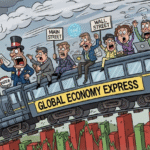
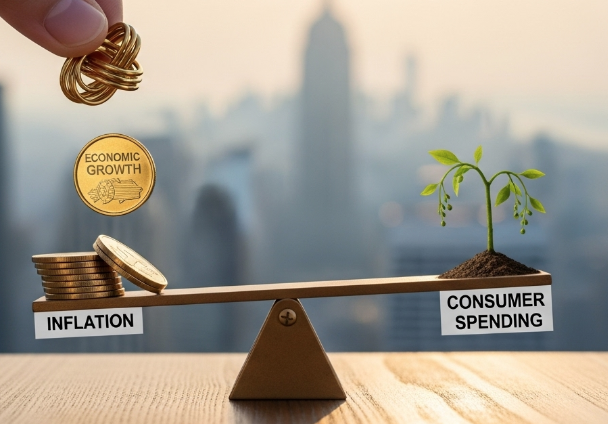
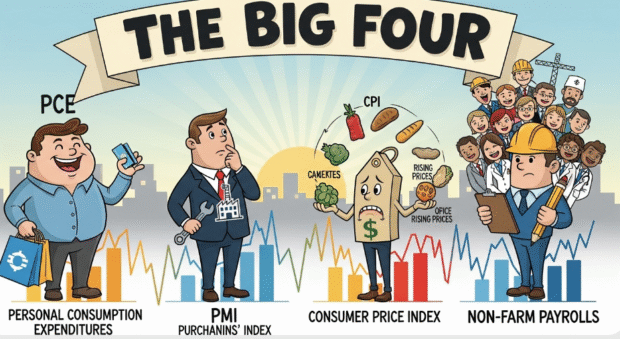
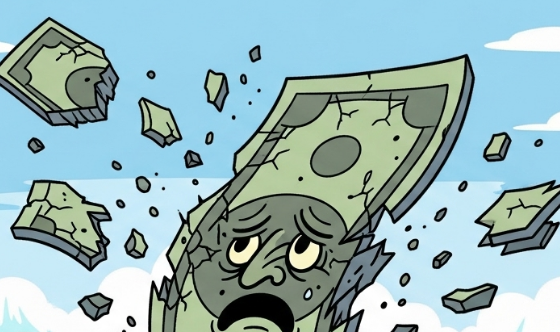
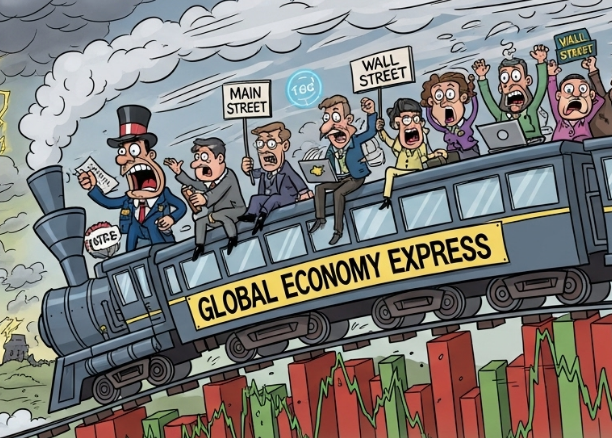
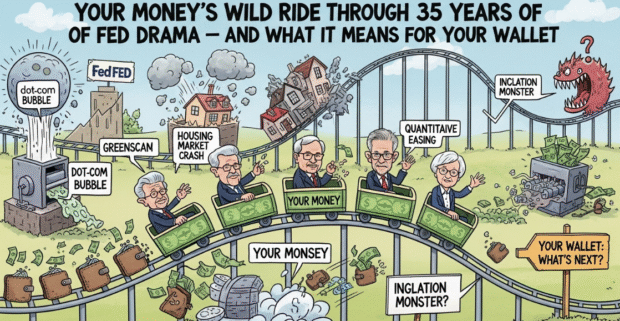
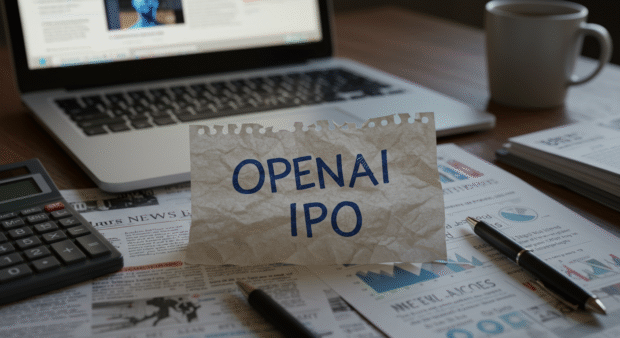
Be the first to leave a comment